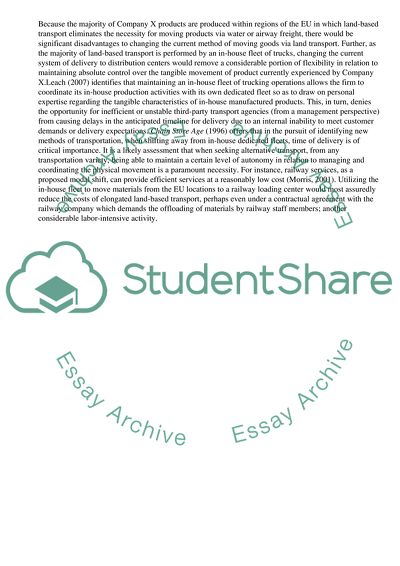Cite this document
(“Changes in Transportation Methodologies Associated with the Essay”, n.d.)
Changes in Transportation Methodologies Associated with the Essay. Retrieved from https://studentshare.org/management/1711383-freight-transport-management
Changes in Transportation Methodologies Associated with the Essay. Retrieved from https://studentshare.org/management/1711383-freight-transport-management
(Changes in Transportation Methodologies Associated With the Essay)
Changes in Transportation Methodologies Associated With the Essay. https://studentshare.org/management/1711383-freight-transport-management.
Changes in Transportation Methodologies Associated With the Essay. https://studentshare.org/management/1711383-freight-transport-management.
“Changes in Transportation Methodologies Associated With the Essay”, n.d. https://studentshare.org/management/1711383-freight-transport-management.


